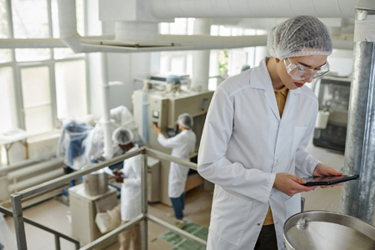The Evolution Of AAV Production: Scaling Through Nature Instead Of Brute Force

Over the past decade, the cell and gene therapy field has grown rapidly, driven by advances in genetic engineering and manufacturing that have enabled regulatory approvals for commercial therapies. While early focus centered on cell therapies such as CAR-T, gene therapies — especially those using viral vectors like adeno-associated virus (AAV) — have gained equal attention due to their clinical success. Despite AAV’s promise in treating rare genetic diseases, its production remains complex and costly. Transitioning from adherent to suspension cultures aimed to improve scalability but introduced new challenges without major breakthroughs in process efficiency or cost reduction.
Recent innovations in fixed-bed bioreactor systems offer a compact and scalable alternative by providing high surface area in a small footprint. At VintaBio, we developed a proprietary process — VintaProcess™ — built on VintaCell™, a fixed-bed–optimized HEK293 clone, and VintaFect™, a low-toxicity transfection reagent. This study evaluates the performance and productivity of VintaProcess in addressing the persistent manufacturing challenges in AAV gene therapy production.
Get unlimited access to:
Enter your credentials below to log in. Not yet a member of Outsourced Pharma? Subscribe today.
